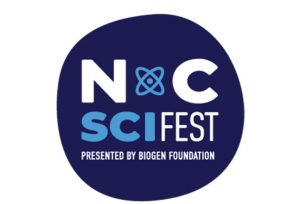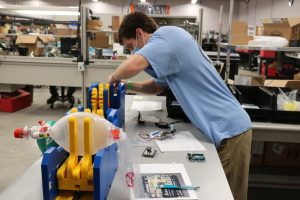Natural Sciences & Mathematics
View a list of departments in natural sciences & mathematics.

One strange semester, part 2
More impressions, insights and lessons learned by faculty during spring’s historic shift to remote teaching.

Science festival, physics and astronomy set world record
Duane Deardorff and Shane Brogan helped the North Carolina Science Festival team set the record for the highest launch from a Galilean cannon.

What they’re trained for
Biomedical engineers at Carolina and NC State respond to COVID-19 by teaming to speed the development of an emergency ventilator.

Carolina to host a Class of 2020 virtual celebration
At 10 a.m. on Sunday, May 10, the University will hold a Class of 2020 video watch party celebration so graduates and their families can celebrate together until it’s safe to hold an in-person ceremony.

A Tar Heel for life
Senior Tyger Hanback shares his Carolina journey as an admissions ambassador and a member of the Marching Tar Heels and a few of his friends share their favorite memories of UNC, too, in this video blog.

Senior Han Guo: Building language technologies
Han Guo is a senior double-majoring in computer science and statistics and analytics. He researches how to build language technologies like automated image captioning.

Chasing challenges at Carolina
For senior Malikiya Hinds, graduating from Carolina is proof of her resiliency and a reminder of all that she’s overcome to earn her degree.
